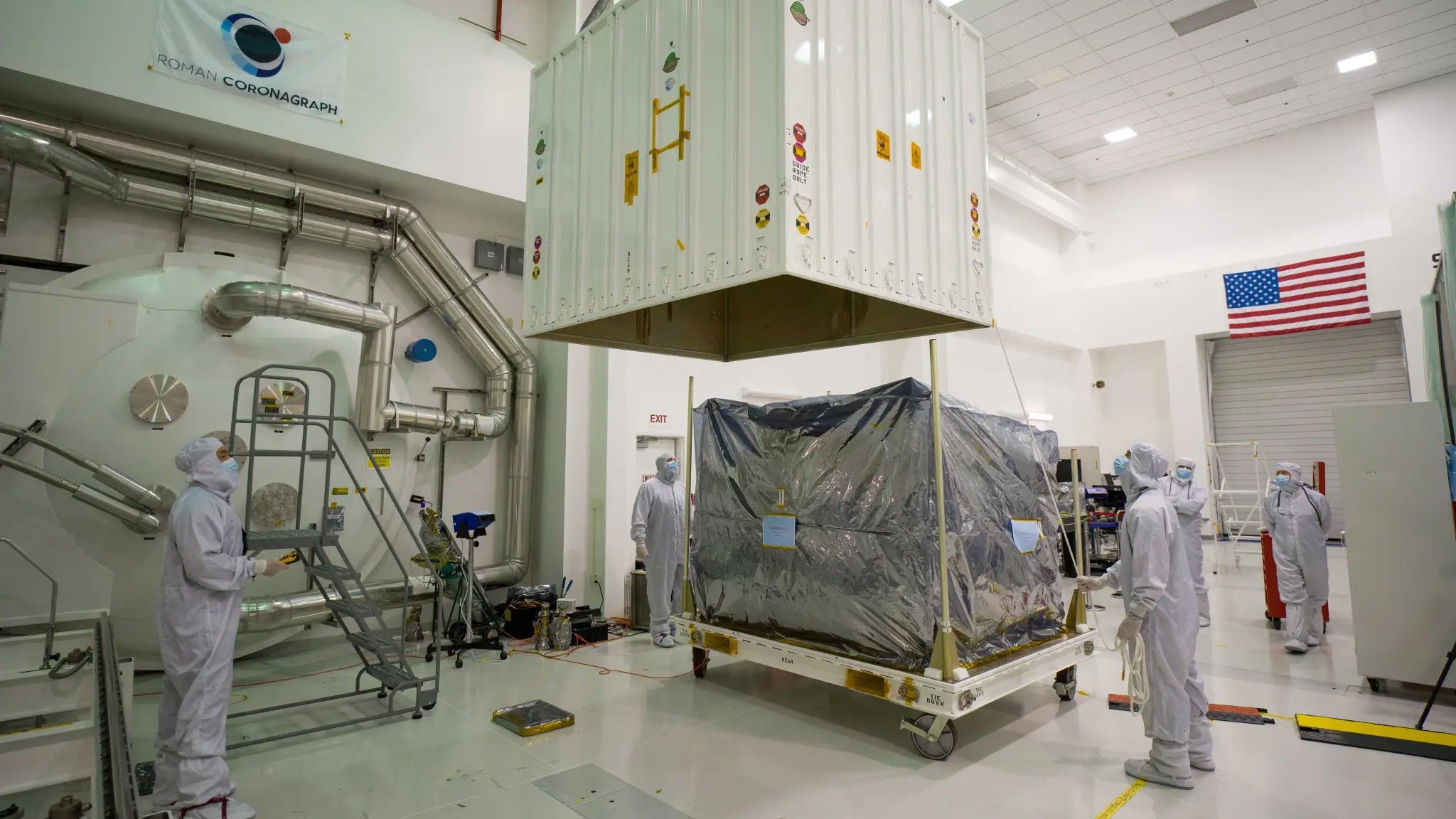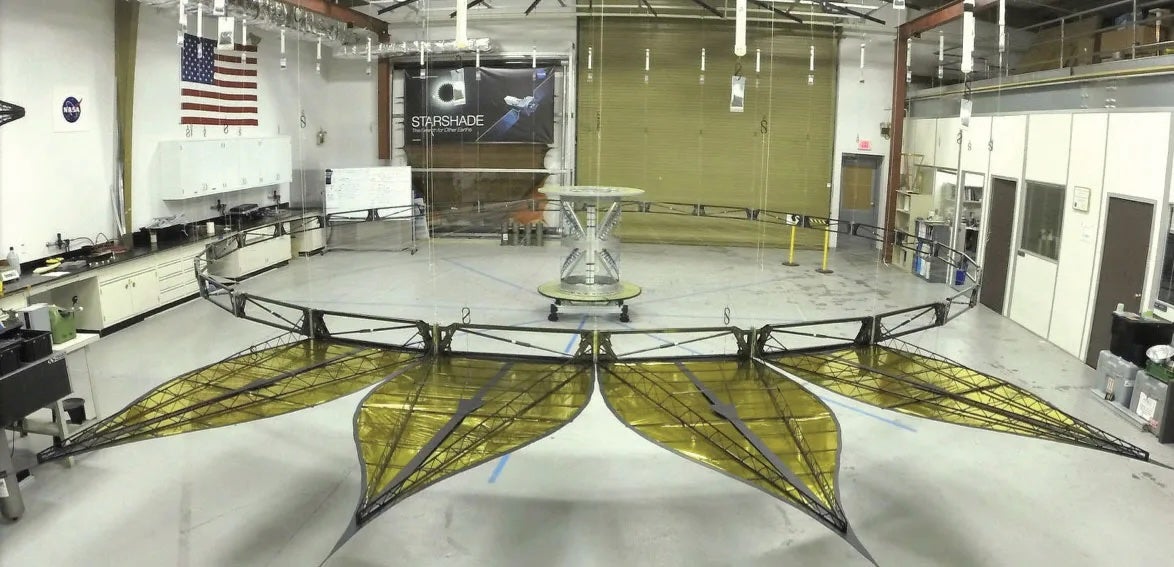NASA convinced an American author we’ll find life on another planet — in next 25 years
Pulitzer Prize finalist Dave Eggers says scientists are ‘in striking distance’ of finding life on an exoplanet
Your support helps us to tell the story
From reproductive rights to climate change to Big Tech, The Independent is on the ground when the story is developing. Whether it's investigating the financials of Elon Musk's pro-Trump PAC or producing our latest documentary, 'The A Word', which shines a light on the American women fighting for reproductive rights, we know how important it is to parse out the facts from the messaging.
At such a critical moment in US history, we need reporters on the ground. Your donation allows us to keep sending journalists to speak to both sides of the story.
The Independent is trusted by Americans across the entire political spectrum. And unlike many other quality news outlets, we choose not to lock Americans out of our reporting and analysis with paywalls. We believe quality journalism should be available to everyone, paid for by those who can afford it.
Your support makes all the difference.Pulitzer Prize finalist Dave Eggers says a trip to NASA’s Jet Propulsion Laboratory convinced him we’ll find evidence of life on another planet within just 25 years — and it will likely be on an exoplanet.
Eggers, who visited the Southern California facility in June, credits future accomplishments expected with the 2027 launch of the Nancy Grace Roman Space Telescope. The telescope will have a field of view at least 100 times larger than the Hubble Space Telescope, and the ability to block starlight to directly see exoplanets: planets outside of our solar system that orbit a star.
Eggers says this function, being able to block rays of a faraway star to see behind and around it, will be the key.
“To recap: For thousands of years, humans have wondered whether life is possible elsewhere in the universe, and now we’re within striking distance of being able to say not only yes, but here,” he wrote in a lengthy opinion piece published Tuesday in The Washington Post.
To date, astronomers have found and “confirmed” more than 5,000 exoplanets, out of the billions in our galaxy. But, there are thousands of others considered to be “candidates.”
Further observations are needed to know whether or not the exoplanets are real. The first exoplanets were discovered in the 1990s. Scientists are looking for exoplanets that might support light in the Goldilocks zone, in which planets are closer to a star.

To help find them, they will use a tiny tool called a coronagraph: made of prisms, masks, and self-adjusting mirrors that are built to block glare. It’s a technology that’s been around since 1930 when French scientist Bernard Lyot first figured out how to block light from distant stars. Since then, the multi-layered coronagraph technology has been improving. There are coronagraphs on both the Hubble and James Webb Space Telescopes.
This new iteration will be more sensitive and adjustable than those and more capable, Eggers said. He visited the lab where many of them were made. More than 3,000 pistons will move the coronagraph’s mirrors.

But, Eggers was enraptured by something that won’t go up on the Nancy Grace Roman Space Telescope. To describe it, he uses some variation of the word “beautiful” three times.
“It will be the most beautiful space object ever made by humans, involving gold foil and pulleys and origami, and will be bigger than a football field. It must happen,” Eggers said.
It’s known as “Starshade,” and is something he describes as “the direct competitor to the coronagraph.”
Starshade, a massive golden pinwheel, is a kind of monster coronagraph, with its pieces extending out nearly 200 feet. But, while the coronagraph is tested here on Earth, Starshade would separate from a telescope and unfurl itself for the first time in space.

It would fly by the moon and speed through space for a few weeks, before lining up within just over three feet of the telescope’s line of sight. Then, its petals would unfold. Also unlike the coronagraph, which relies on the function of its parts, Starshade could be adjusted in space.
“It’s a work of gorgeous art and a ludicrous feat of ambition,” Eggers said.
Nick Siegler, the chief technologist for NASA’s exoplanet program, told him that Starshade was supposed to be in the movie “Ad Astra,” which was released in 2019. Producers later decided it was too complicated to explain.
Eggers said there’s still a chance that Starshade could go to space on the Habitable Worlds Observatory, which is scheduled to launch in the 2030s, aiding the continual search for life off Earth.

Join our commenting forum
Join thought-provoking conversations, follow other Independent readers and see their replies
Comments